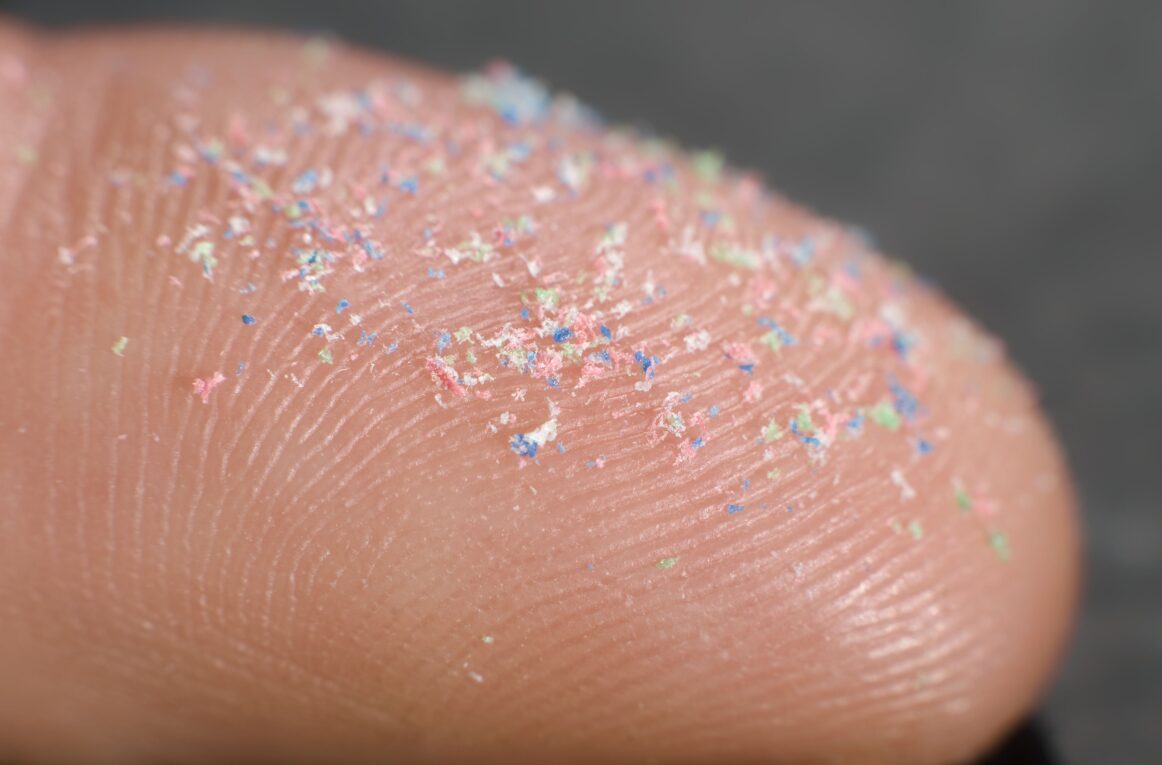A groundbreaking study conducted by University of New Mexico Health Sciences researchers has revealed a concerning discovery – microplastics have been found in all 62 human placenta samples tested. This finding sheds light on the pervasive presence of microplastics in our environment and the potential health implications associated with their accumulation.
Published in the journal Toxicological Sciences, the study, spearheaded by Matthew Campen, Ph.D., Regents’ Professor in the UNM Department of Pharmaceutical Sciences, unveiled concentrations of microplastics ranging from 6.5 to 790 micrograms per gram of tissue in the placenta samples analyzed. Despite the seemingly minuscule amounts (a microgram being a millionth of a gram), Campen emphasized the worrisome trend of escalating levels of microplastics in the environment and its potential impact on health.
Campen underscored the principle that ‘dose makes the poison’ and expressed concerns over the implications of rising microplastic exposure. The study team, in collaboration with researchers from Baylor College of Medicine and Oklahoma State University, employed a novel analytical approach involving saponification and pyrolysis to identify and quantify microplastics in the placental tissue.
Polyethylene emerged as the most prevalent polymer among the microplastics detected in the placental tissue, constituting 54% of the total plastics. Polyvinyl chloride (PVC) and nylon each represented approximately 10% of the total, with the remaining 26% encompassing nine other polymers. This revelation marks a monumental advancement in accurately quantifying microplastic presence in human tissue, contrasting the conventional method of visually counting particles under a microscope.
The research team highlighted the exponential growth in global plastic utilization since the 1950s, resulting in a substantial plastic waste footprint. Campen raised concerns over the prolonged degradation rates of plastics and the widespread distribution of microplastics across various ecosystems, emphasizing the far-reaching consequences on human health, animal welfare, and environmental sustainability.
While the health implications of microplastics remain uncertain, Campen postulated potential links to various health disorders such as inflammatory bowel disease, colon cancer, and declining sperm counts. The concentration of microplastics in human placentas, a tissue with a relatively short development period, poses specific health risks, prompting further investigation into the long-term effects of microplastic exposure.
As the global plastic production trajectory continues on an alarming incline, Campen stressed the urgency of addressing this environmental crisis to avert exacerbating health consequences. With projections indicating a doubling of plastic production every decade, the unchecked proliferation of microplastics raises serious concerns for future generations, necessitating immediate action to mitigate the pervasive influence of plastic pollution on human health and ecological integrity.
*Note:
1. Source: Coherent Market Insights, Public sources, Desk research
2. We have leveraged AI tools to mine information and compile it

